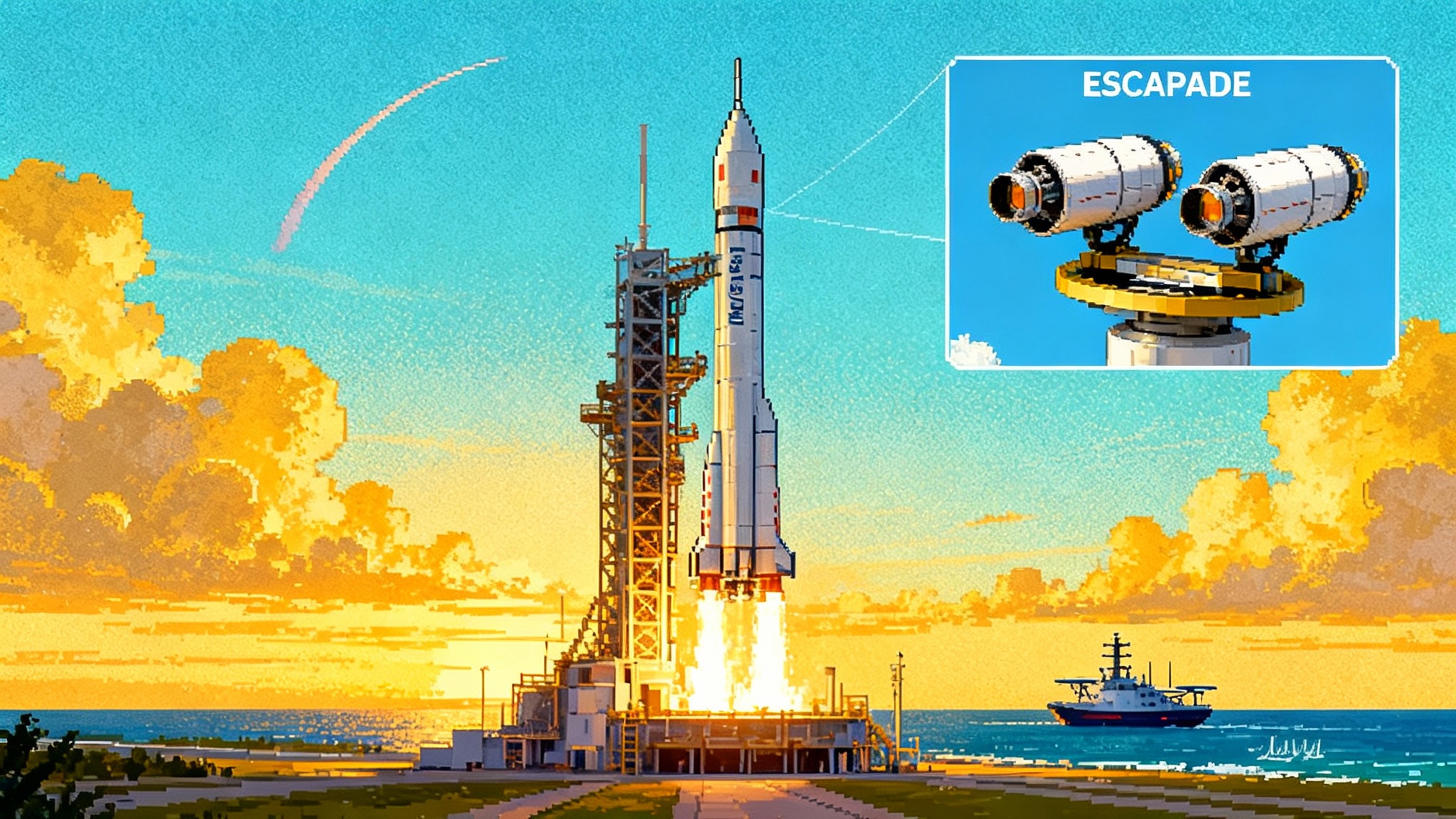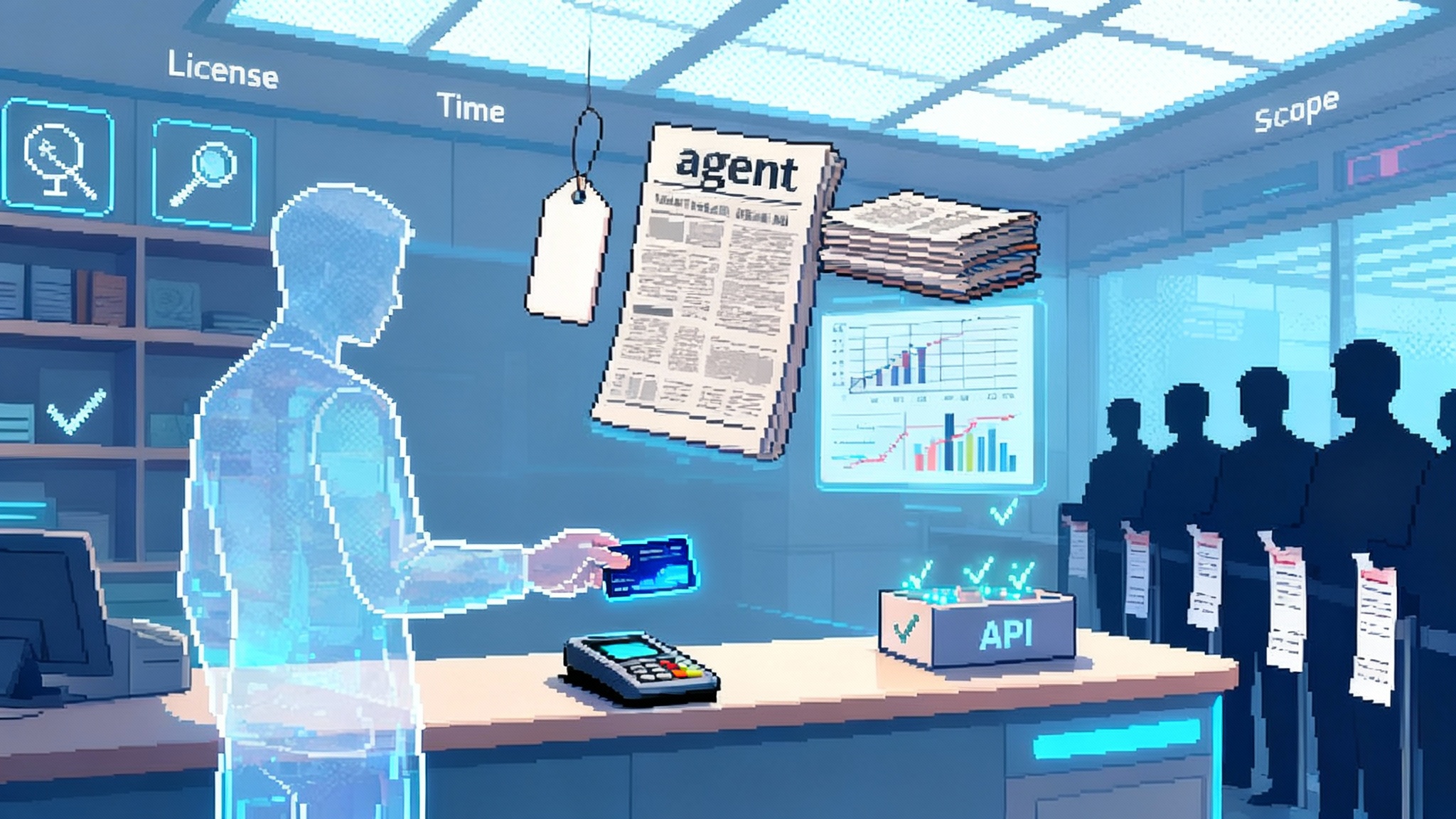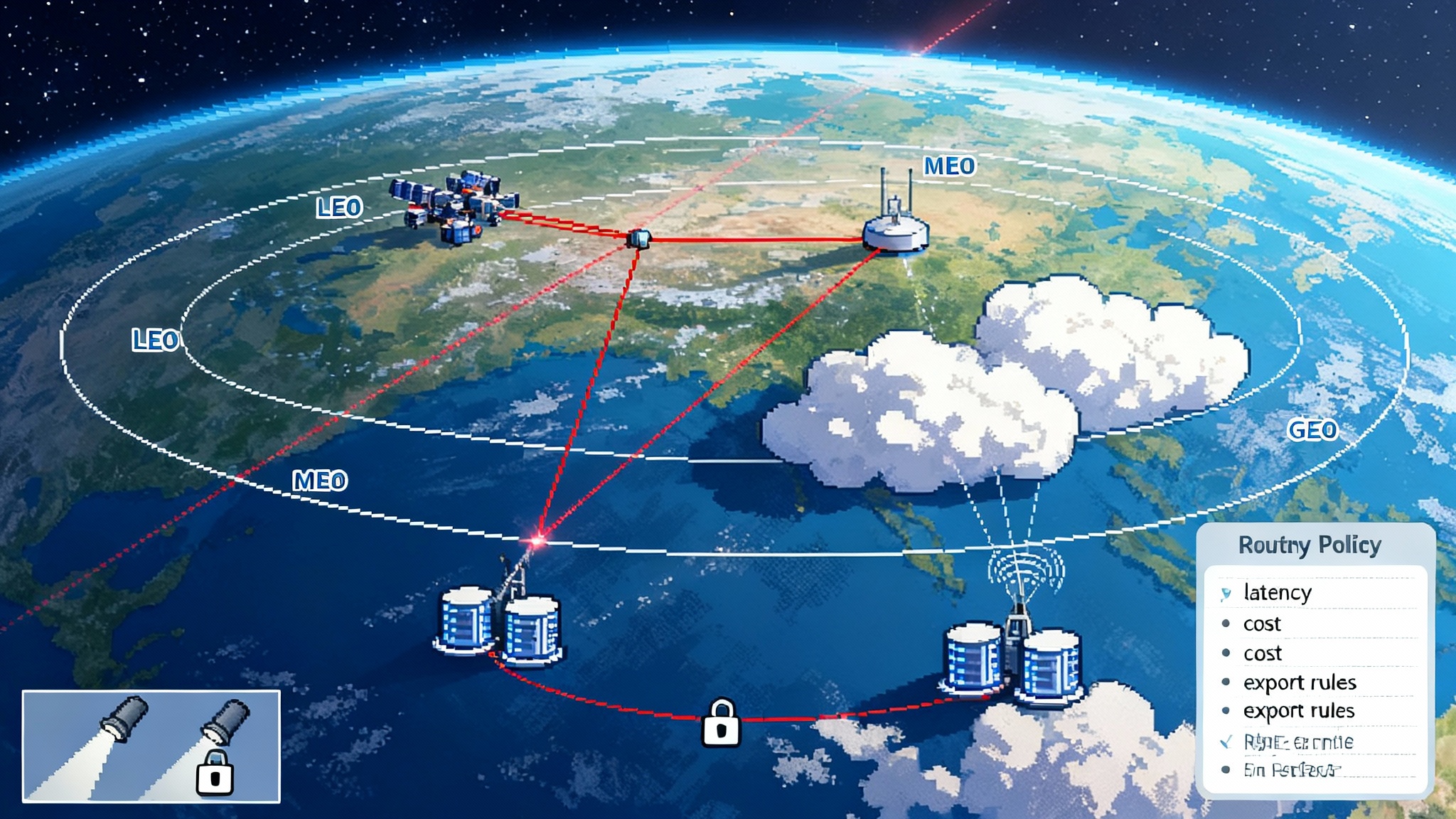New Glenn’s Second Flight: ESCAPADE and a Crucial Reuse Test
On Sept. 29, Blue Origin plans to fly New Glenn’s second mission and first interplanetary payload: NASA’s twin ESCAPADE probes to Mars. A clean ascent and booster recovery attempt could cement BE‑4 heavy lift as a real alternative for NASA and national security.

A second launch, a first trip to Mars
If you want to know when a new rocket becomes a real market contender, watch its second flight. Blue Origin is targeting no earlier than Sept. 29, 2025, for NG‑2—the second launch of its New Glenn heavy‑lift vehicle—carrying NASA’s twin ESCAPADE probes to Mars. It will be New Glenn’s first interplanetary mission and only its second time off the pad. Blue’s debut in January reached orbit but missed the booster landing; this time, a clean ascent plus a successful sea‑landing attempt would be the strongest signal yet that a BE‑4‑powered heavy lifter is ready to compete for NASA science and U.S. national security work. (space.com)
New Glenn’s maiden flight deployed a Blue Ring pathfinder to orbit, validating core ascent performance. The loss came later, when the first stage failed to stick its offshore landing—an outcome traced to a problem re‑igniting BE‑4 engines for the descent burns. The FAA later closed the probe, approving Blue Origin’s return to flight after the company committed to seven corrective actions focused on propellant management and engine bleed control. NG‑2 is the first chance to show those fixes work. (reuters.com)
What ESCAPADE will study at Mars
ESCAPADE—short for Escape and Plasma Acceleration and Dynamics Explorers—packs big science into two small spacecraft. Built by Rocket Lab on its interplanetary Photon platform, the twin orbiters (“Blue” and “Gold”) will fly as a coordinated pair to map how the solar wind and Mars’ patchy, “hybrid” magnetosphere drive atmospheric escape. Each carries three instruments: a magnetometer (EMAG) to measure magnetic fields, an electrostatic analyzer (EESA) for suprathermal ions and electrons, and a Langmuir probe suite (ELP) for plasma density and spacecraft potential. Together, they’ll trace how energy and momentum flow from the solar wind into the Martian system and out to space. (science.nasa.gov)
The mission’s choreography is deliberately simple and fast. After launch, the Photons will execute a modest‑energy trajectory and cruise for roughly 11 months before Mars orbit insertion. Once captured, the pair will spend several months reshaping orbits into two complementary configurations: first, a “string‑of‑pearls” leader‑follower track to capture rapid changes; then a split‑altitude geometry to observe cause‑and‑effect between the upstream solar wind and the upper atmosphere below. It’s a multi‑point, systems‑level look at atmospheric escape—directly relevant to how Mars transformed from a wetter, thicker‑aired world to the cold, thin environment we see today. (blogs.nasa.gov)
Rocket Lab’s Photon bus is central to the “small, fast, affordable” philosophy. Photon combines propulsion, power, comms and navigation in a compact platform; its HyperCurie engine heritage has already proven multi‑burn Earth‑escape profiles on NASA’s CAPSTONE mission. ESCAPADE leverages that capability at Mars scale. (rocketlabusa.com)
Why NG‑2 matters beyond one launch
For NASA: ESCAPADE arrives just as the agency rethinks bigger, pricier Mars plans. Mars Sample Return has been in flux amid budget and schedule turmoil, and leadership has solicited cheaper, faster alternatives to keep the ambition alive without crushing the rest of the science portfolio. In that climate, SIMPLEx‑class missions like ESCAPADE are proof that meaningful planetary science can fly quickly and affordably when paired with commercial launch under NASA’s VADR contracts. (nasa.gov)
For national security: The United States wants more than one heavy‑lift workhorse. Space Force’s Phase 3 acquisition introduces broader competition and resilience; Blue Origin has been on‑ramped to Phase 3 procurement and, in April, was named a Lane 2 heavy‑lift provider. A New Glenn that nails ascent and advances reusability strengthens the case for spreading high‑stakes missions across multiple rockets. (ssc.spaceforce.mil)
For the commercial market: Amazon’s Project Kuiper still has a massive manifest to deploy, with New Glenn booked for a tranche of those launches. And ULA’s Vulcan is already certified for NSSL while SpaceX’s Falcon family carries the bulk of global cadence. New Glenn doesn’t have to replace anyone to matter—it just needs to become a reliable third pillar. (aboutamazon.com)
Blue’s fixes—and the bet on cadence
After the January landing loss, the FAA accepted Blue Origin’s investigation and the company’s seven corrective actions before clearing the path to NG‑2. Blue said the proximate cause was a failure to re‑ignite three BE‑4 engines for the entry/landing sequence, prompting updates to propellant management and engine bleed controls—precisely the kind of nitty‑gritty you only learn by flying hardware. (reuters.com)
Operationally, Blue also tightened focus in 2025 with layoffs affecting about 10% of its workforce. The stated aim: streamline management layers and accelerate New Glenn manufacturing and launch cadence. It’s a painful lever, but the message is unmistakable—move faster, fly more, and make reuse work. (reuters.com)
How ESCAPADE rides New Glenn
NG‑2 will lift off from Space Launch Complex‑36 at Cape Canaveral. Seven methane‑oxygen BE‑4s power the 23‑story first stage; a pair of hydrogen‑oxygen BE‑3Us push the upper stage. For interplanetary payloads, Blue’s job is twofold: deliver a clean ascent and precisely insert the stack onto the targeted departure energy, then step out of the way so Photon can do its choreography. The smaller spacecraft handle the fine‑tuned burns over hours to days. (en.wikipedia.org)
Downrange, Blue’s purpose‑built landing platform vessel—Jacklyn—will wait in the Atlantic for the booster’s second try at reuse. If you followed New Glenn’s lead‑up, you’ve seen Jacklyn arrive at Port Canaveral last year; it’s a new, barge‑type droneship tailored for the 7‑meter‑diameter stage. (space.com)
Launch‑day viewer’s guide: what to watch, minute by minute
Exact times will be announced closer to liftoff, but here’s a simple, high‑fidelity checklist for what “good” looks like on NG‑2’s webcast. Timings are approximate and based on New Glenn’s published stage profiles.
- Liftoff (T+0): All seven BE‑4s light cleanly, vehicle clears the tower and the guidance callouts sound nominal. Early worries to watch for—engine shutdowns, off‑nominal roll/pitch, or an early abort. A quiet audio loop is good audio. (en.wikipedia.org)
- Max‑Q (~T+1:00–1:20): The period of peak aerodynamic stress. You’ll hear “Max‑Q” called; steady ascent and no “hold” or “abort” is what you want.
- MECO (~T+3:10): Main Engine Cutoff on the first stage. Smooth throttle‑down into MECO is a positive sign for propellant management.
- Stage separation (~T+3:15–3:30): A crisp sep event with stable stage attitudes.
- Second stage ignition (~T+3:30–3:40): BE‑3U starts; watch for clean chamber‑pressure numbers if telemetry is shared. This is where the mission is won for ESCAPADE—upper‑stage reliability is king. (en.wikipedia.org)
- Fairing jettison (~T+4:00): Two clamshell halves separate; loss of mass reduces loads on the upper stage and exposes the payload stack. A nominal jettison is routine but essential.
- Booster entry burn cue (~T+7:00–8:00): On the webcast, listen for “Stage 1 entry burn start.” This is the first big real‑time clue that BE‑4 re‑ignition fixes are working in flight.
- Booster landing burn and droneship touchdown (~T+8:30–9:30): The money shot, if Blue shares it. Expect limited video; confirmation may be a verbal “Stage 1 has landed” call or a later social post from the Jacklyn crew. Anything short of an ignition‑related callout here will be closely scrutinized against January’s failure mode. (space.com)
- SECO‑1 (~T+14:00–15:00): Second Engine Cutoff for the BE‑3U after a long burn. For an interplanetary drop‑off, Blue may target a precise energy and orientation for Photon. A clean SECO is the other big “we did our job” indicator for New Glenn. (en.wikipedia.org)
- Payload separation (minutes later): ESCAPADE separates; confirmation could be delayed. Don’t be surprised if detailed Photon maneuvers aren’t live—small interplanetary missions favor calm comms and careful navigation over splashy live TV.
Early red flags: a late‑countdown recycle tied to “engine bleed” or “propellant conditioning” (that would directly relate to January’s fix areas); any “no‑restart” call on the booster entry or landing burns; or a BE‑3U ignition hiccup that forces a premature SECO.
The stakes if New Glenn succeeds
- Technical validation: A nominal ascent plus a booster recovery attempt that shows BE‑4 restarts behaving would validate the post‑flight corrective actions and send a strong signal that New Glenn’s partial reusability is on a credible path. That’s not just optics; it’s a cost curve and cadence curve. (reuters.com)
- Mission assurance momentum: Space Force’s multi‑lane strategy only works if more than one heavy lifter can carry high‑energy missions with predictable schedules. NG‑2 performance helps Blue advance along the certification road and justifies assigning harder orbits to New Glenn over time. (ssc.spaceforce.mil)
- Market dynamics: Between Kuiper’s multi‑year deployment and a growing pipeline of commercial, civil and defense payloads, another reliable heavy lifter relieves pressure on providers and schedules. That’s good for competition, pricing, and resilience. (press.aboutamazon.com)
- Science cadence: If ESCAPADE reaches its targeted departure cleanly, it bolsters NASA’s case for small, frequent planetary missions that can fly on commercial rides without waiting in line behind mega‑programs. In an era when Mars Sample Return is being replanned to cut cost and time, delivering new Mars science for tens of millions instead of billions matters. (reuters.com)
ESCAPADE’s bigger message: small, fast, decisive
ESCAPADE is not a flagship. It’s not meant to be. It’s a pair of mini‑fridge‑sized orbiters, purpose‑built to answer tight questions about magnetism, plasma and atmospheric escape using synchronized measurements—something you can only do by flying two spacecraft at once. In a budget‑tightened environment, this is what “more science per dollar” looks like: off‑the‑shelf commercial spacecraft, minimal frills, and a launch service procured under NASA’s VADR contracting that accepts slightly higher launch risk for much lower cost. If it works—and increasingly, it does—NASA gets faster iteration and a steadier stream of results. (science.nasa.gov)
Bottom line
NG‑2 is an audition for two ideas at once. One: that New Glenn can swiftly turn a maiden‑flight orbit success into a reusable, high‑cadence heavy‑lift product by fixing what broke and trying again. Two: that small, agile interplanetary missions like ESCAPADE can ride those commercial capabilities to science wins without waiting a decade.
If, on Sept. 29, you see a steady climb, a calm Max‑Q call, clean MECO and stage sep, BE‑3U humming for a long upper‑stage burn, and—especially—a confirmed booster landing on Jacklyn, you’re not just watching a good day for Blue Origin. You’re watching a credible third pillar of American heavy lift snap into place, with NASA and national security customers ready to keep it busy. (space.com)






